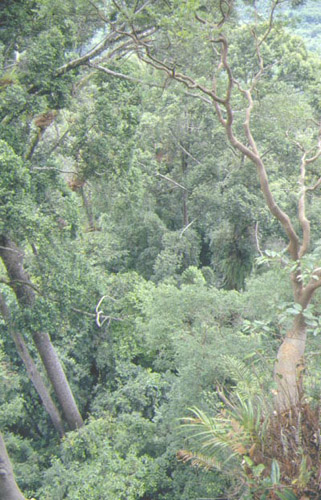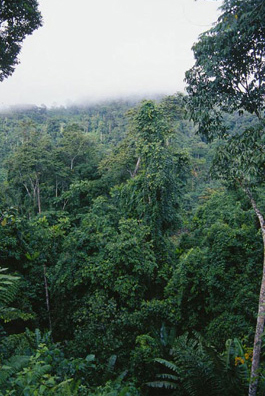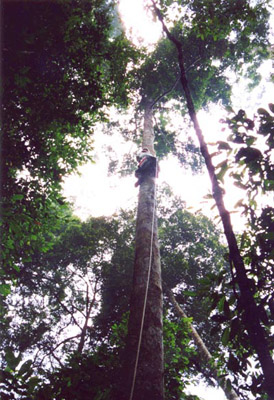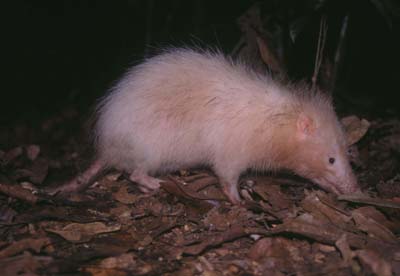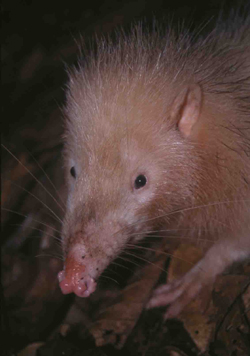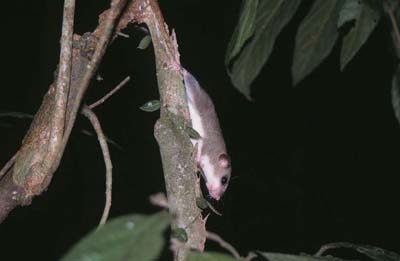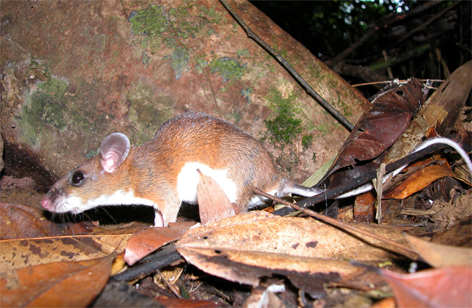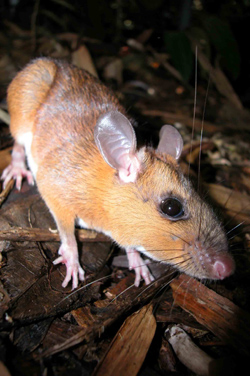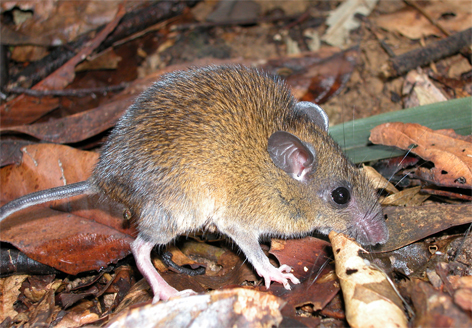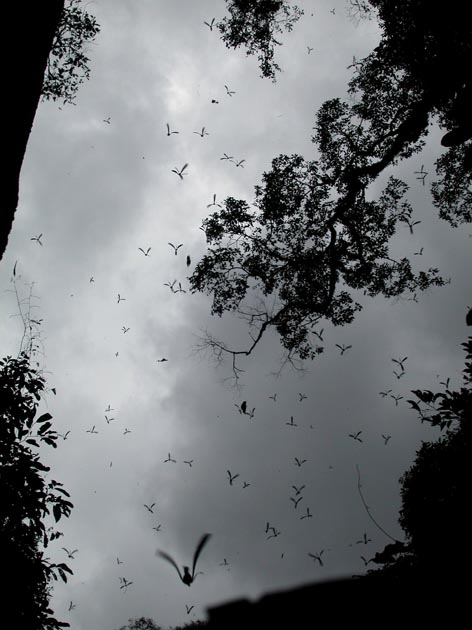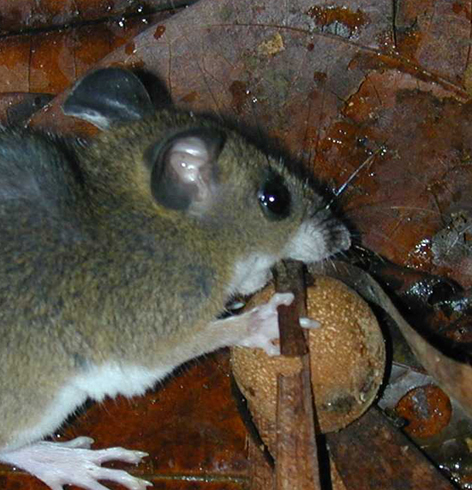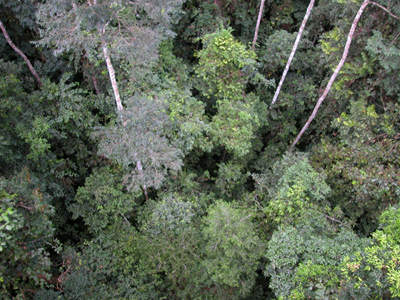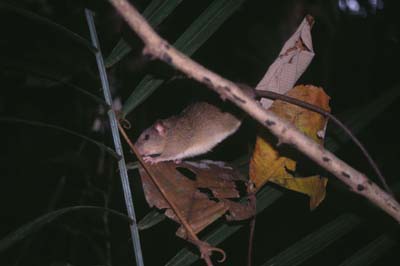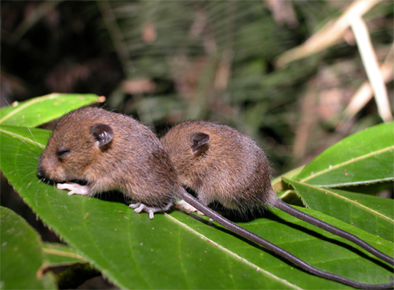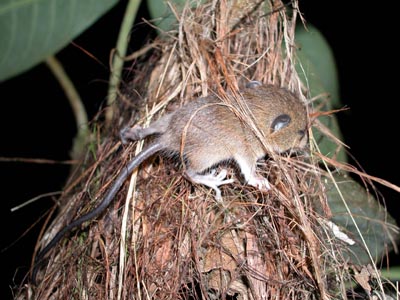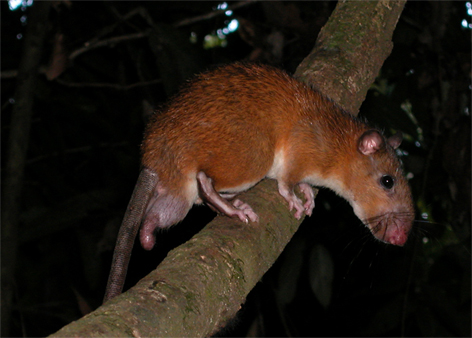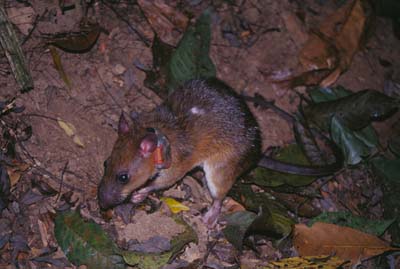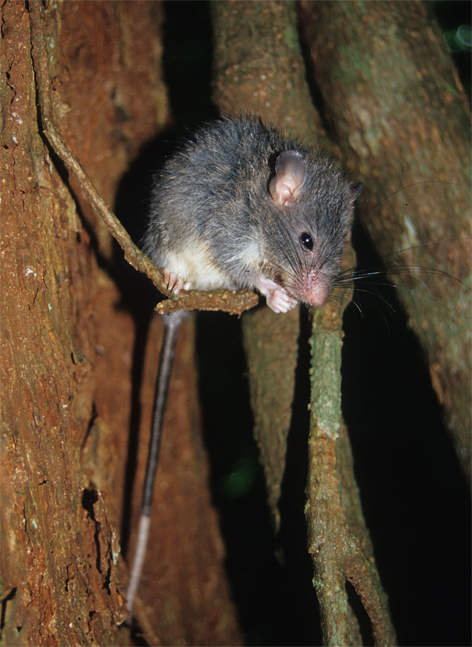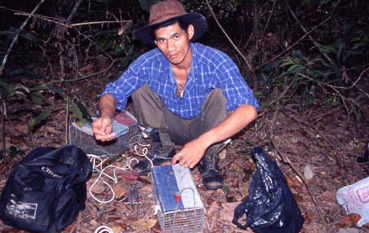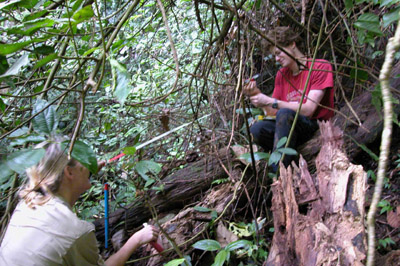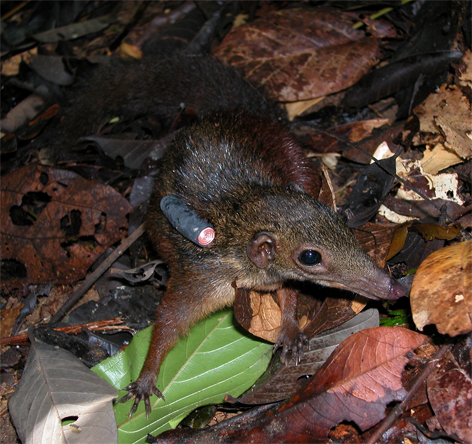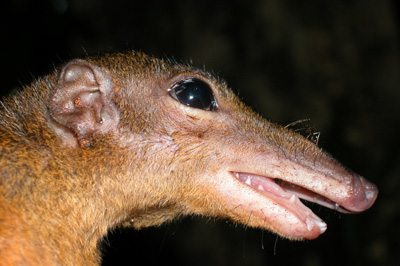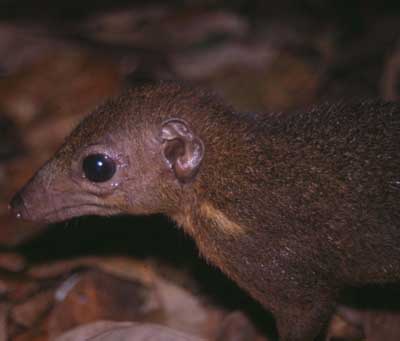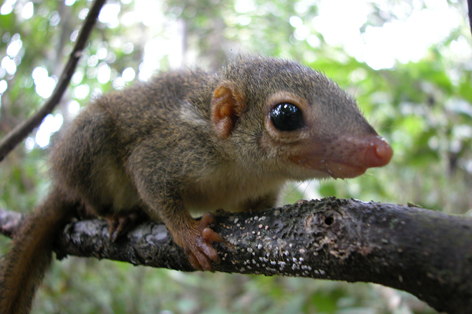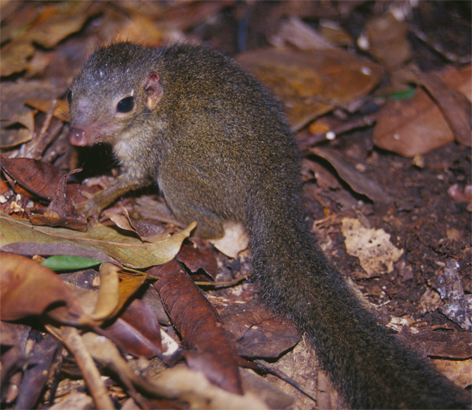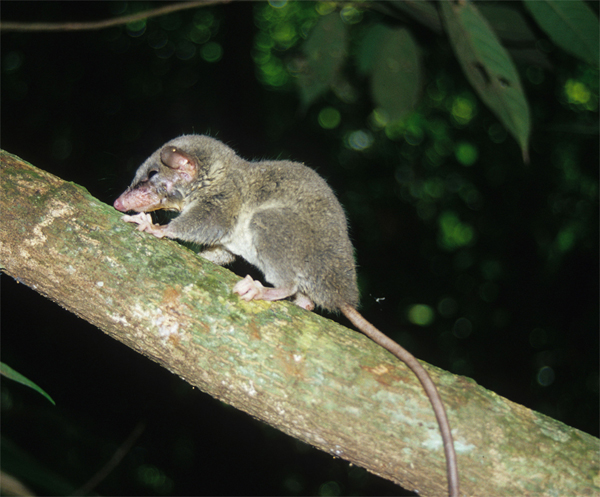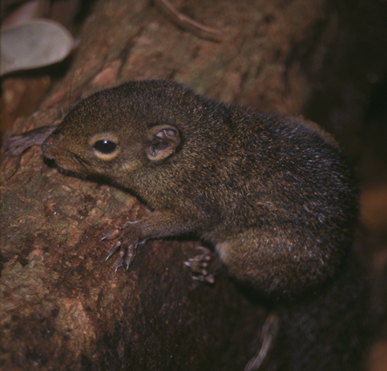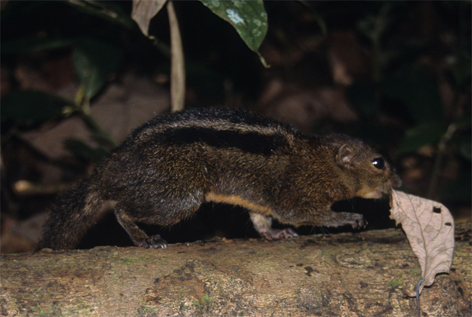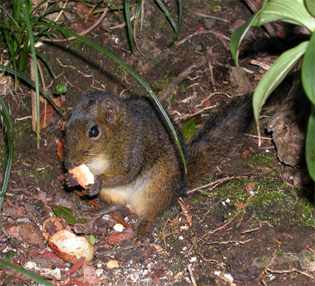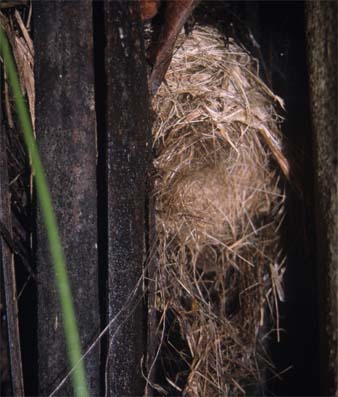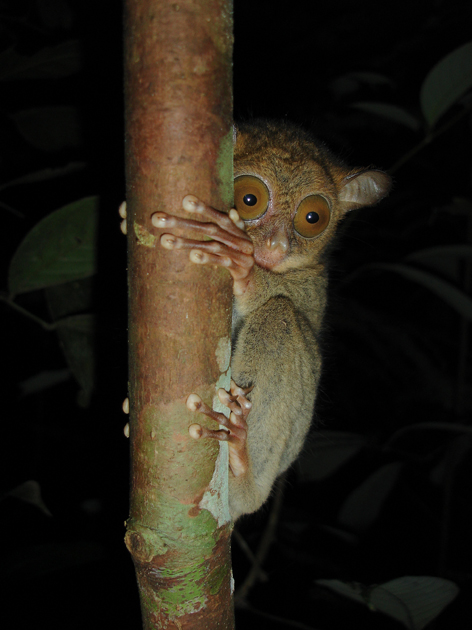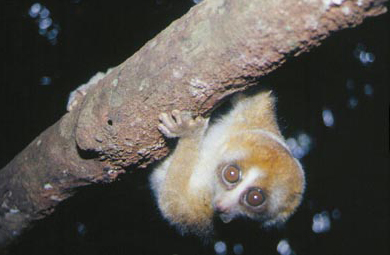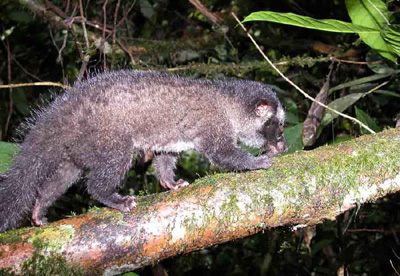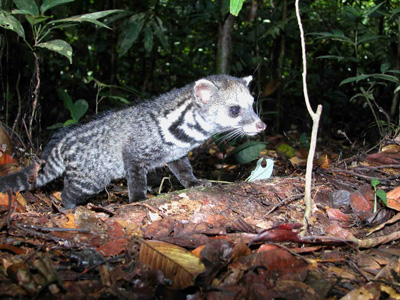Small mammals in the rainforests of Borneo
In the study of species-rich tropical rainforests, a central theme focuses on factors that determine diversity and patterns of species assemblages. In this context, the role of local versus regional patterns of species richness in tropical assemblages is little understood. Because of the importance of environmental variation in organizing animal communities and populations, the large variability inherent to rainforests provides a wide range of challenges and opportunities for basic research approaches at the same time. In heterogeneous landscapes, organisms are not evenly distributed. Habitat selection combined with uneven resource availability in space and time leads to clumped distributions of animals in relation to favourable habitat patches. This environmental variability is much enhanced by nowadays rainforest disturbance and fragmentation. In terms of basic and applied conservation research, it is important to understand not only how species are organised in species-rich assemblages in undisturbed forests, but also how conversion and loss of undisturbed rainforest affects those assemblages. My research in rainforest sites on Borneo aims at unravelling the effects of rainforest disturbance on mammals with a particular emphasis on the role of landscape heterogeneity, scaling effects and the relevant interactions with other organisms. Because most mammals on Borneo and elsewhere in SE Asia are little investigated, I am also interested in the principle ecology and life history patterns of various species of rats, treeshrews and other mammals.
Most of my research in Sabah (Malaysian part of Borneo) is conducted in close collaboration with Sabah Parks.
© Konstans Wells

